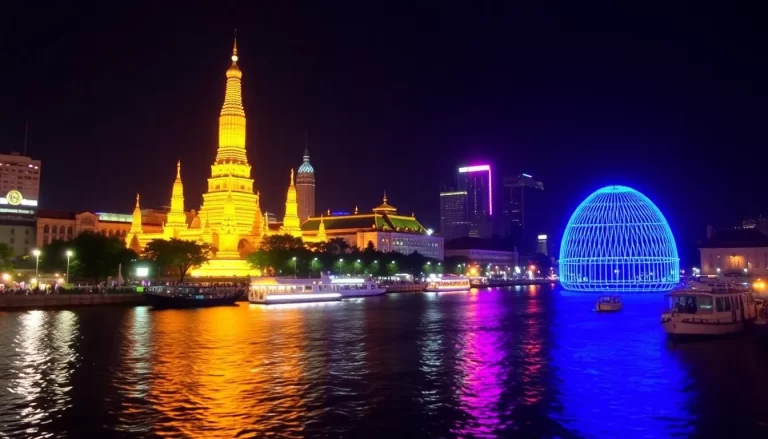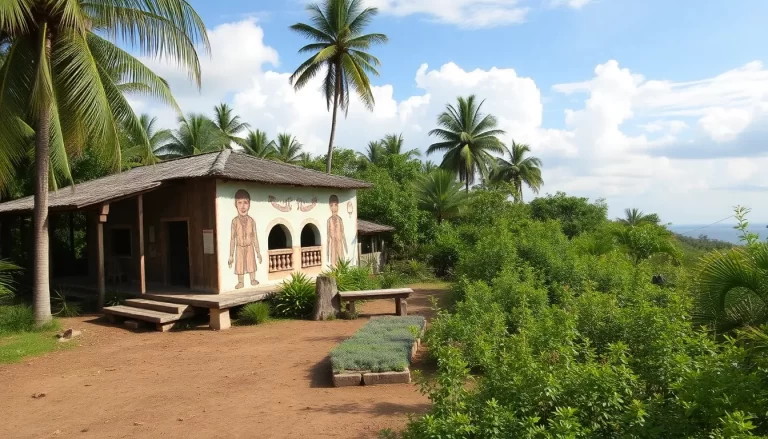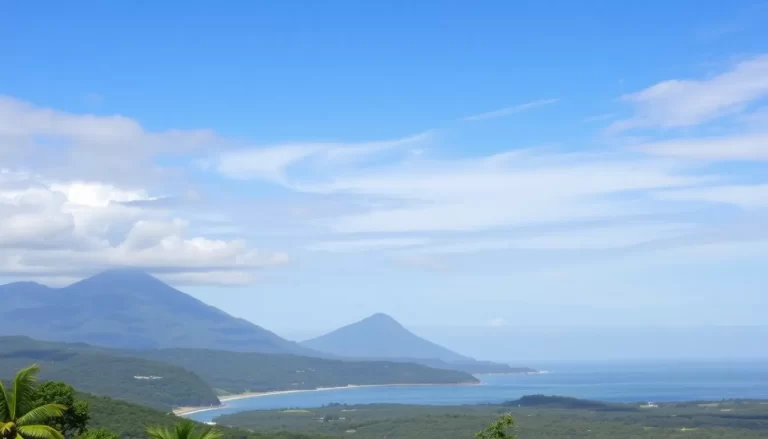Traveling opens up a world of experiences, especially when it comes to immersing oneself in local cultures. Cambodia, with its rich history and traditions, offers unique insights into the Khmer way of life. One of the best ways to grasp this culture is by visiting places like Bamboo Island, where authentic experiences await.
Last week, I took my own advice about not wasting time and spent my last few days in Cambodia on the secluded Bamboo Island. I’m glad I did — it turned out to be the highlight of my trip and my first glimpse into Khmer culture.
Exploring the charm of Bamboo Island
Bamboo Island is located an hour off the southern coast of Cambodia, near the town of Sihanoukville, where I had been staying for the past month. This small island can be traversed in just ten minutes and boasts only two beaches. The island is not known for snorkeling, and visitors will find a lack of modern conveniences such as internet access and hot water. The electricity runs only from 6 PM to 11 PM. Here, it’s just you, the sun, the sound of the waves, a good book, and a handful of fellow travelers—there are only ten bungalows in total.
During my stay, I spent my days lounging on the beach, participating in a freestyle poetry night, trying my hand at the limbo, and catching up on episodes of Family Guy. After several stressful months of writing to meet my book deadline, this tranquil environment was a much-needed escape.
Experiencing communal dining the Khmer way
What I cherished most, however, was my evening spent with the locals on the island. I had arrived with two friends who were acquainted with the manager of a hotel, who was hosting a «bungalow warming party» for his newly built accommodation. This gathering was intimate, consisting of him, the local staff, and us.
After the kitchen staff served the other guests, they wrapped up early, and we proceeded to the new bungalow for food and drinks. I was treated to a feast that felt endless. They kept loading my plate with delicious dishes, from spicy curry that ignited my taste buds to savory barbecued fish, grilled squid, shrimp, and an array of vegetables.
This communal approach to dining struck me deeply. In many cultures, including the Khmer, meals are a shared experience. A tarp is laid out, and dishes are placed in the center for everyone to enjoy together. Unlike the Western habit of ordering individual plates, here, it was about *us*. This sense of togetherness was refreshing and a vivid reminder of how communal dining fosters connection.
Resourcefulness in Cambodian cuisine
Another aspect that amazed me was the resourcefulness evident in Cambodian cuisine. In many rural communities I have visited, nothing goes to waste. The squid is prepared whole, shrimp heads are consumed, and every part of the chicken is utilized. This contrasts sharply with the wasteful tendencies often observed in Western eating habits, where «ugly» food is discarded, and portion sizes are often excessive.
Witnessing the Khmer people eat, talk, and laugh while including me in their gathering was a blissful experience, highlighting the warmth of their culture. It was a reminder of the importance of sustainability and connection in food practices.
Engaging in traditional Khmer celebrations
After dinner, the plates were cleared, and the atmosphere transformed as traditional Khmer music filled the air. The locals began to perform traditional dances, not for the benefit of tourists, but purely for their enjoyment. Khmer dancing features elegant hand movements and graceful movements that are mesmerizing to observe.
Before I knew it, my friends and I were invited to join in the dancing. Despite the language barrier, we followed the Cambodians’ lead, trying our best to mimic their steps. Although I must admit, I was not a natural at Khmer dancing, the experience was joyful and liberating.
Building connections through language and friendship
As the night went on, I picked up a few basic phrases in Khmer, fostering a connection with one of the boatmen and sharing a toast of local liquor with one of the cooks. This chance encounter was not planned; had I followed my original itinerary, I would have missed out on this enriching experience altogether.
Staying in Sihanoukville longer than expected allowed me to interact with the locals in ways I wouldn’t have otherwise. It reminded me that travel is not just about seeing places but about understanding the people and cultures that inhabit them.
The importance of slowing down while traveling
My time on Bamboo Island echoed lessons I learned in other destinations like Greece, Bangkok, and Amsterdam: true culture reveals itself over time. Many travelers rush from one site to another, skimming the surface of each place without truly experiencing its essence.
To genuinely understand a destination, one must sometimes pause, stay in one place, and absorb the surroundings. This approach can lead to deeper connections and insights, even if it means missing other places on your itinerary.
In that light, the month I spent confined in my room wasn’t a squandered opportunity that cost me visits to Laos and Malaysia. Instead, it was a crucial part of my journey toward a deeper understanding of Cambodia.
Planning your own trip to Cambodia
If you’re inspired to experience the richness of Cambodian culture firsthand, here are some logistical tips to help plan your journey:
- Book your flight: Use platforms like Skyscanner to find competitive flight rates.
- Find accommodation: Consider booking your stay through Hostelworld for hostels or Booking.com for guesthouses and hotels.
- Don’t overlook travel insurance: Protect yourself from unforeseen events with comprehensive travel insurance. Companies like Safety Wing offer great options.
- Explore local resources: Visit a destination guide for more tips on navigating Cambodia.
With thoughtful planning and an open heart, your journey through Cambodia will be transformed into a tapestry of cultural experiences and lasting memories, much like my time on Bamboo Island.







